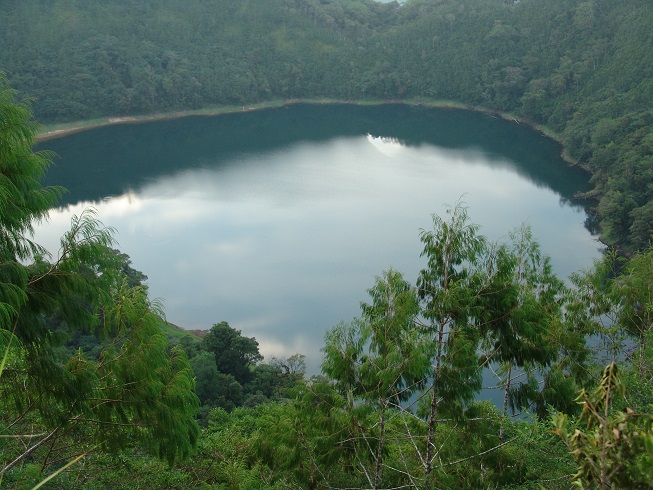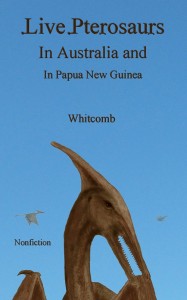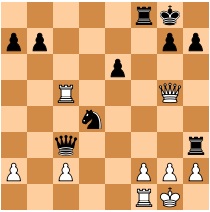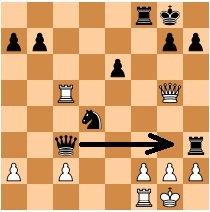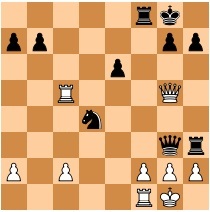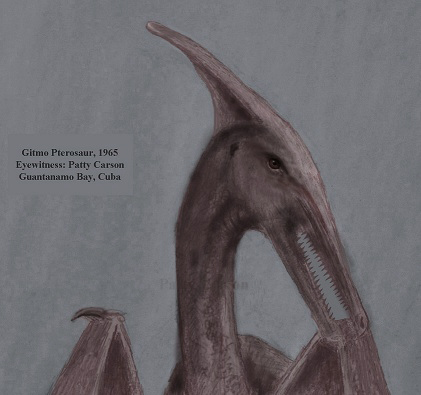I hope that the third edition of my first book will be finished next month. [It was published in April of 2014, but the fourth edition was published October 31, 2014.] The revised title is Searching for Ropens and Finding God. Those last two words should solve a problem that came up with the first edition, when a few vocal readers railed against it because they were offended by any promotion of religious values; they wanted a book only about cryptozoology.
Much of this third edition with relate to cryptozoology, although the book is not quite in that genre. It’s also not a book about religion, although the values and beliefs of Christian explorers is explained. Is it a true-life adventure? Almost. It’s more like all of the above: cross-genre.
Here is part of the introduction, although it is subject to more editing and revising:
Introduction
Expect answers in this book: why my associates and I traveled to a remote tropical island to search for living pterosaurs and why so few professors have given us any hope that they still live. What about adventures, with danger, failure, and success? Yes, expect those, but I hope that readers will discover more than adventure—a purpose in life—as worthy a purpose as I have found, even if without “flying dinosaurs.” This is not an instruction manual for finding God, yet I suggest that the spiritual quest gives the highest reward.
After reading this book, if one person finds a reason to live and abandons thoughts of suicide, what a reward for all of us involved! This is not a textbook for preventing suicide, yet I suggest each of us can find ways to bring meaning into the lives of persons around us, motivating all of us to keep living and learning.
Is this a tool for promoting Biblical Creation and ridiculing evolution? Clear thinking we need, without fear, allowing us to discover both truth and error in whatever camp we find ourselves, entrenched or visiting, at the moment. I suggest we beware of simplistic labels. That said, expect explanations for why my associates and I have rejected extreme naturalism philosophy and Darwin’s unlimited common ancestry, what some call the General Theory of Evolution.
This is not propaganda for any human philosophy, yet I extoll the accomplishments of those Young Earth Creationists who have been my associates for many years. I suggest we allow ourselves to find literal truth in the Bible, regardless of whatever passages are mainly symbolic. For those who think that pill too bitter, at least avoid ridiculing those labeled “creationist.”
Some of you have read the first or second edition of Searching for Ropens, so the first paragraph of the first chapter, quoted below, will be no surprise. Additional paragraphs have been added, however, to better explain how event in my childhood may have related to the extraordinary opportunities that I received, and grabbed onto, in my older years:
Chapter One: Awakenings
It looked like a dead pterodactyl, not fossil bones but with skin, like it had died recently. Could those creatures, non-extinct, still fly? Although I never verified the authenticity of the photograph in the soon-forgotten book, the idea behind that image would be awakened four decades later, to plunge me into the most dramatic adventure of my life: exploring a remote tropical island, searching for giant living pterosaurs.
My first exposure to a remote tropical island with a giant reptile—when my younger sister Cindy and I were infants—came from Mommy reading Peter Pan. When I was four, the new sister was born, not to the name chosen by Cindy and me, “Captain Hook,” but to a name chosen by compromising parents: “Wendy.”
I came to regard the Peter Pan story a practical fiction, useful in more than just providing names for new babies. Each character had a role; the crocodile, however, at first puzzled me. In time, it resolved into both good and bad: useful to Peter Pan as true enemy to Hook but dangerous when out of place. Perhaps that was the seed of my understanding that a general principal can be complex, both true and false, useful sometimes but false when out of place, even dangerous.
The existence of life I credited to God, from childhood respecting the Bible as nonfiction. When I was ten, my father, psychologist for the San Bernardino School District in California, showed me the largest collection of bird eggs in the Western United States, in the museum in our own little town of Bloomington. The variety of eggs and birds, all dead, fascinated me; but non-birds becoming birds discomforted me, for each form of life appeared to have a role in its own basic form.
.
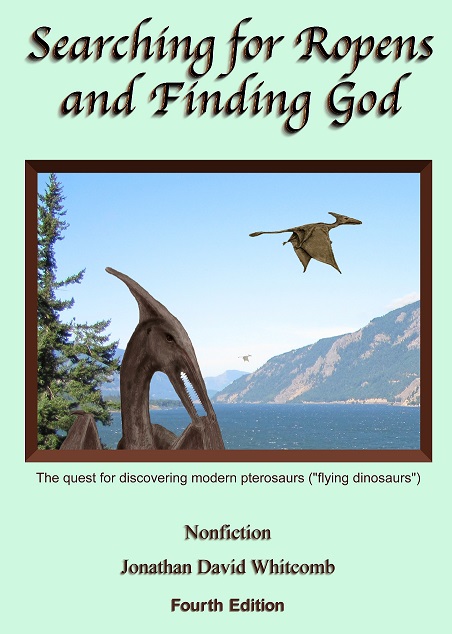
New nonfiction book, fourth edition: Searching for Ropens and Finding God
.
Mount Bel, northeast of Gomlongon Village on Umboi Island (image by J. Whitcomb)
.
Third edition of Live Pterosaurs in America, by Jonathan David Whitcomb
.




